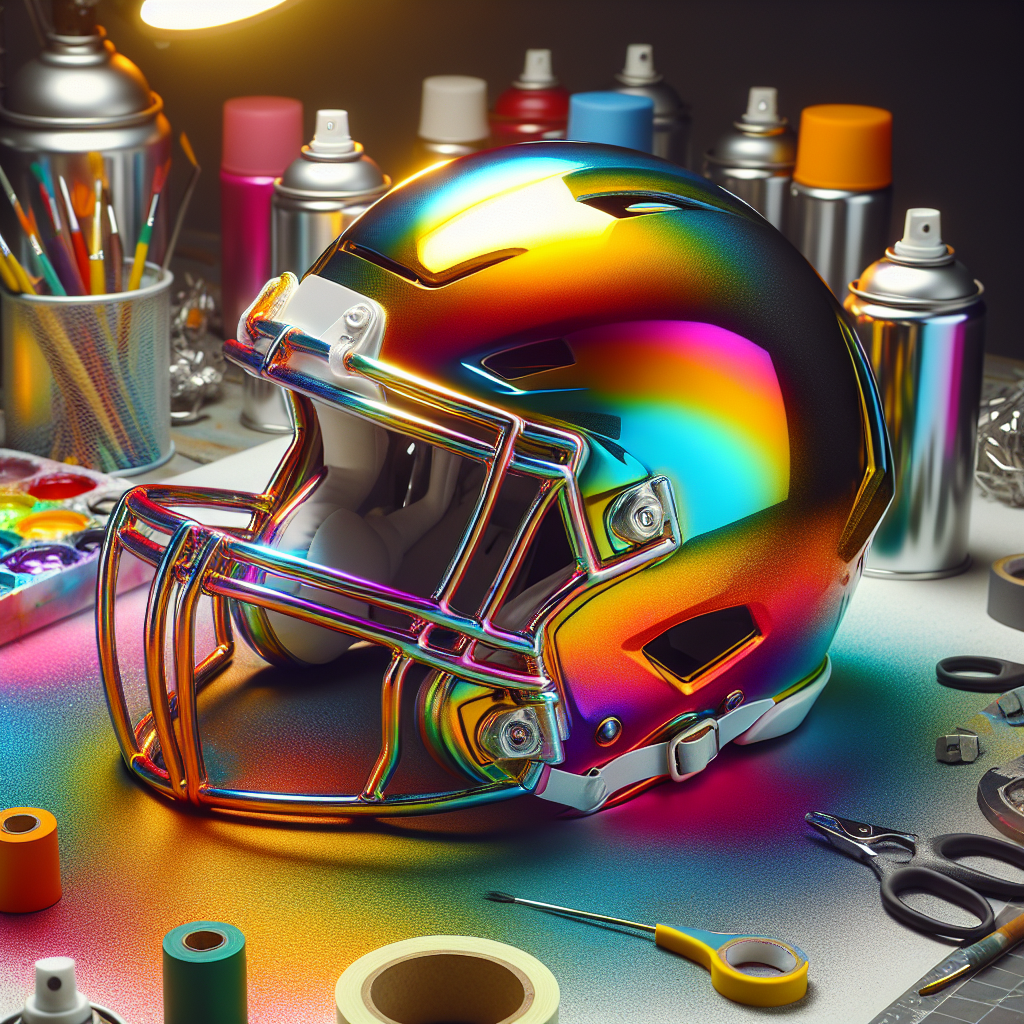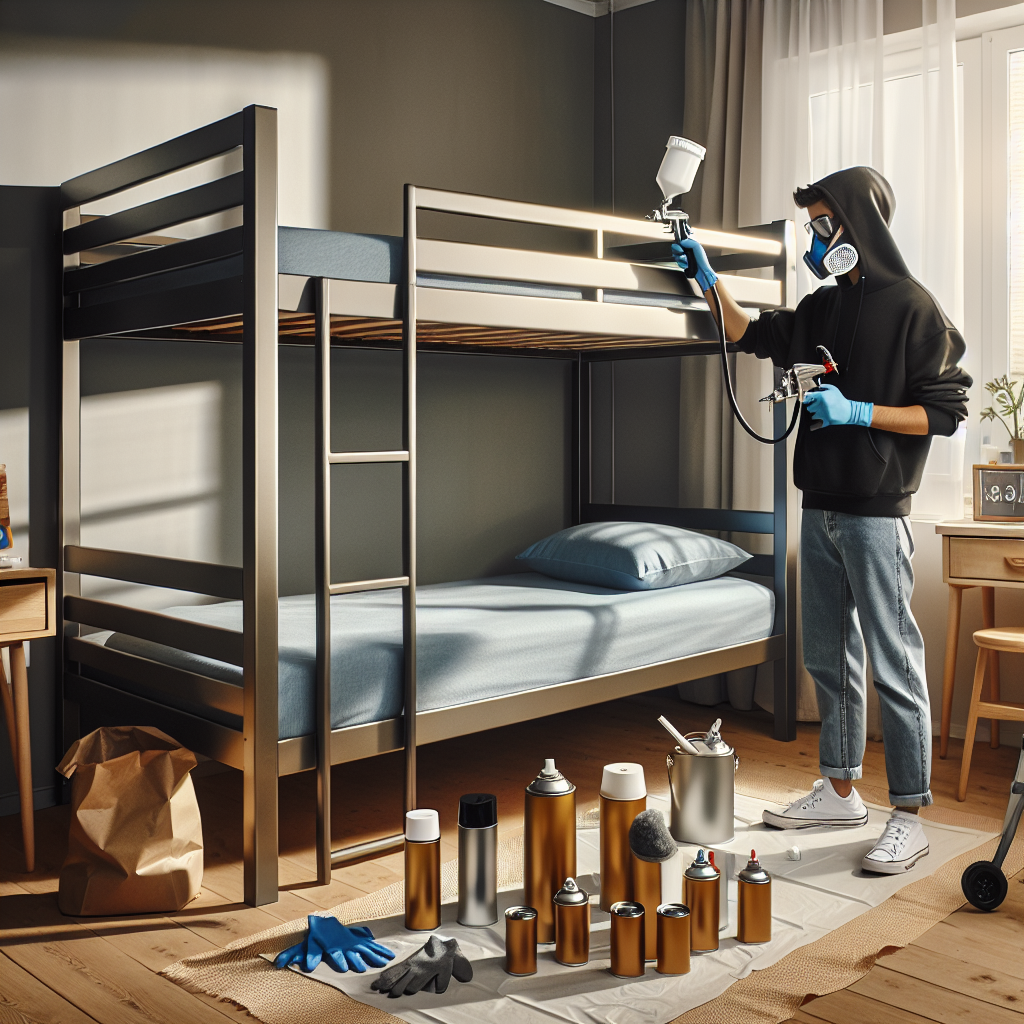Starting a new DIY project can be exciting, especially if it’s something ambitious like repainting your old faithful car to give it a fresh look. This article named “How Many Spray Cans To Paint Car” brings clarity to an often-asked question among car enthusiasts and DIY lovers alike. During the course of various sections, we’ll explore factors that influence the amount of spray paint needed, along with practical tips and guidance to ensure your car gets the makeover it deserves. After reading this, understanding the quantity of spray paint required won’t be a mystery anymore; instead, it’ll be a fun part of your car rejuvenation journey.

Factors to Consider
When it comes to painting your car with spray cans, there are several crucial factors you must consider to get the best results. These factors play a significant role in how many spray cans you’ll require, and they include the car’s size, color, paint condition, and the spray can’s efficiency. Taking the time to consider these factors will ensure you not only achieve a professional-like finish but also use your resources efficiently.
Car Size
The size of your car directly affects the number of spray cans you’ll need for the job. Naturally, larger cars require more paint than smaller ones due to the increased surface area.
Color
Color is another crucial factor. The choice of color can potentially influence the number of layers you’ll need to apply for the desired finish. Also, whether you’re matching the existing color of your car or aiming for a complete color change will affect your overall paint consumption.
Paint Condition
The paint’s condition refers to the state of your car’s existing paint. If the current paint is in poor condition or if you’re switching colors, you may need to apply a primer, multiple base coats, or additional clear coats, hence affecting the number of spray cans needed.
Spray Can Efficiency
Spray can efficiency relates to the coverage per spray can, capacity, and the average wastage. Not all spray cans are made equally; some offer better coverage and lesser wastage than others. Therefore, this needs to be considered when estimating the number of spray cans to use.
Car Size
Small Car
If you have a small car, like a Mini Cooper or Fiat 500, you’ll obviously use fewer spray cans than if you were to paint a larger vehicle. Small cars typically have less surface area to cover, and therefore require less paint.
Midsize Car
For mid-size cars such as a Ford Focus or Honda Accord, the number of spray cans increases. This is due to the larger surface area that needs to be coated compared to smaller vehicles.
Large Car
Large vehicles like a Dodge Durango or Ford Expedition require more spray cans due to their considerable size, and thus, greater surface area to paint.
Color
Matching Existing Color
When matching your car’s existing color, you may require fewer cans as you might not need as many layers to achieve an even and identical color.
Changing Color
However, if you have decided to change the color completely, more spray cans may be needed since you’ll need to ensure that the old color doesn’t show through the new paint. This might mean applying more layers of paint for a solid, even appearance.
Paint Condition
Primer Needed
The paint condition of your car could require you to apply a primer before the actual color coat. If your car’s existing paint is in very poor condition or if you’re applying a significantly different color, a primer can help prepare the surface and ensure the new paint adheres well.
Number of Base Coats
The number of base coats required depends on your specific circumstances. If the existing paint color is significantly different from the new color, or if its condition is deteriorating, you may need to apply more base coats. More base coats increase the number of spray cans.
Amount of Clear Coat
Once your base coat is perfectly applied, it will need to be sealed and protected with a clear coat. The amount of clear coat depends on the desired glossiness and your personal preference. More clear coat layers can lead to a glossier finish but this also increases the number of spray cans required.

Spray Can Efficiency
Coverage per Spray Can
The coverage per spray can is a crucial factor to consider when estimating the number of cans required. Not all spray cans give the same coverage. High-quality cans may offer better coverage, requiring fewer cans to achieve the desired results.
Spray Can Capacity
The capacity of the spray can refers to the amount of paint it contains. Higher capacity cans can cover larger areas, thus reducing the number of cans you need.
Average Wastage
Keep in mind that there is commonly a certain amount of wastage involved in spray painting. Over-spraying or spilling can lead to loss of paint. Accounting for this wastage can help in estimating an accurate number of needed spray cans.
Calculating Paint Quantity
Estimating Coverage Area
The first step to calculating the paint quantity is to estimate the coverage area. Determine the surface area of your car that needs to be painted.
Determining Total Coats
Next, calculate the total number of coats you plan to apply. This includes primer coats, base coats, and clear coats. More layers will mean more paint, and hence, more cans.
Accounting for Wastage
Finally, account for any paint wastage. It’s safe to add 10-20% extra to your total paint quantity calculation to compensate for wastage.
Example Calculation
Step 1: Estimating Coverage Area
Start by measuring the area of the car you plan to paint. Let’s say it’s a mid-size car with an approximate total area of 75 square feet.
Step 2: Determining Total Coats
Now, determine the number of coats. Let’s say you decide to apply one primer coat, two base color coats, and one clear coat.
Step 3: Accounting for Wastage
Next, account for wastage. We recommend adding 20% extra for wastage.
Step 4: Calculation Result
So, if one can of paint covers approximately 10 square feet and you’re painting a midsize car (75 square feet), you’ll need 7.5 cans per coat. Factoring in the four coats, you’ll need around 30 cans. Adding 20% for wastage results in approximately 36 cans.
Other Considerations
Additional Touch-ups
Remember, painting your car doesn’t always turn out perfect in one go. You might encounter scratches, dings, or spots that demand additional touch-ups. This could also increase your overall paint consumption.
Painting Techniques
Your painting technique can impact paint utilization. If you’re new to spray painting, you might have a heavy hand that could lead to over-spray and wastage. So, practicing before taking on the project can help enhance the results and minimize wastage.
Professional Assistance
If you’re not confident about undertaking the job yourself, consider seeking professional assistance. They might do it quicker and more efficiently, potentially saving on paint.
Conclusion
In conclusion, various factors determine the number of spray cans needed to paint a car, including the size of your car, the chosen color, paint condition, and spray can efficiency. The key to figuring it out is to carefully consider all these factors, make estimates as accurately as possible, and always prepare for a little extra for unexpected circumstances. Despite it being a significant project, painting your car yourself can also be a gratifying experience. So, take your time, do things right, and surely, your car will look like new before you know it!


